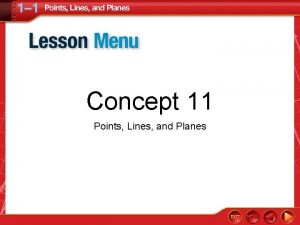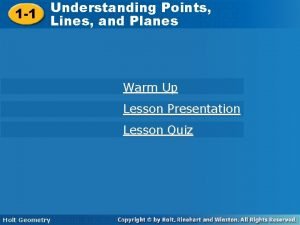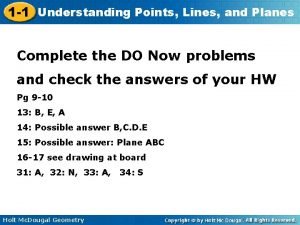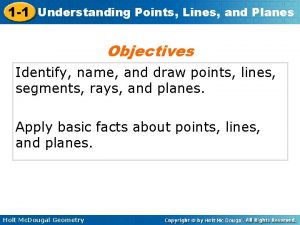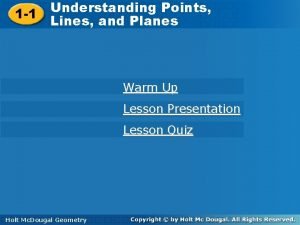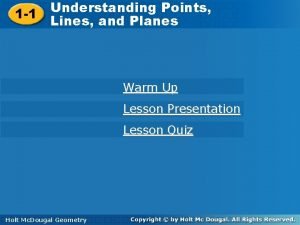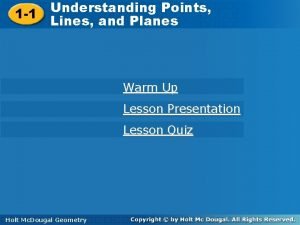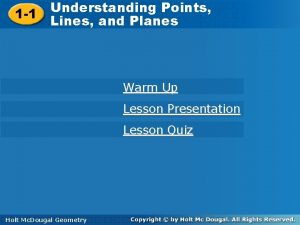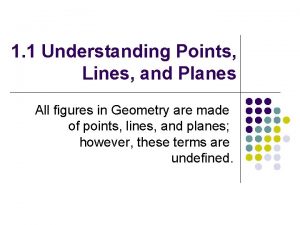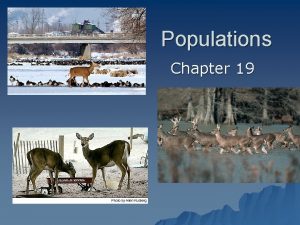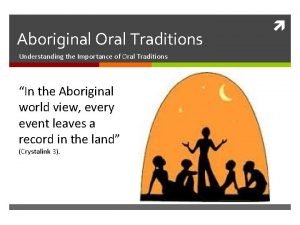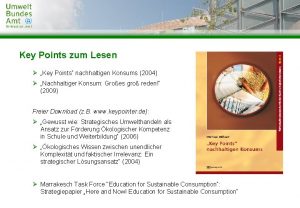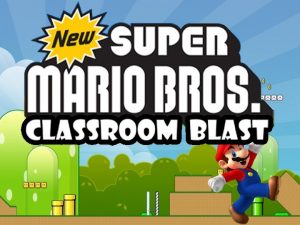Oral Traditions Key Points Understanding Oral Traditions Examples















- Slides: 15

Oral Traditions Key Points: -Understanding Oral Traditions -Examples and types of Oral Traditions -Transformers -Tricksters

Oral Tradition Defined -The means by which cultural transmission occurs over GENERATIONS, other than through written records. -Consists of songs or stories *often complimented by dance, drama or other visual representations such as paintings, carvings etc. -Oral Traditions express spiritual and emotional truths through symbols / metaphors -Oral Traditions also express literal truths such as events / situations from the past.

Types of Oral Traditions -Oral Traditions come in many forms: -stories -dances -oratory -songs -narratives -these traditions are expressed in many ways: -family crests -totem poles -blankets -baskets -petroglyphs -pictorgaphs -paintings -masks -carvings



The Importance of Oral Traditions -Traditionally FNs did not rely on written documents to verify their history -Instead history, education, culture etc. was passed down through oral traditions Stories, Songs, Dances etc. are easy to remember What specifically did Oral Tradition pass on and record? 1. history of family, community and territory 2. recorded traditional rights for: -land -resources -names -songs 3. survival skills ***Oral Traditions also used as a teaching tool – taught morals, ethics, responsibility, standard behavior etc***

Protocols and Oral Traditions Defined: the rules of any procedure -it is also the formalities and etiquette observed / practiced in important occasions or situations Important notes about Protocols: -to repeat or share an FN story you first need determine who the owner of the story is and ask their permission to use it / tell it -some stories can be told by anyone. Others require permission -every nation has their own protocols

Types of Oral Traditions 1) Narratives: -Stories based on: information, news, skills, knowledge, family history, land/resource rights -Ex of specific skills taught: hunting, fishing, carving, weaving, cooking etc.

Types of Oral Traditions Cont’d… 2) Oral Literature: -once a spoken story has been documented (book) 3) Family Narratives: -story that records the history and traditions of a family -Oral Recorder: a family historian – the elder who tells the history of his/her family 4) Oratory: -the art of delivering a formal speech in a public place -individuals would be trained to be “speakers” for the community -Orators need to be able to speak in a way that was respectful and accurate such as at potlatches or feasts.

Types of Oral Traditions 5. Creation Stories -they communicate the moral traditions and knowledge of a people while telling: -where people or animals come from - what their purpose on earth is - how places (landscapes) were formed ***each nation has its own creation story*** Characteristics of Creation Stories: -set long ago in supernatural world – the world before it was TRANSFORMED into what it is today -supernatural animals appear before the arrival of the first people – this is why FN ppl have such deep respect for animals and have a spiritual connection with them

Types of Oral Traditions Cont’d… Characters in Creation Stories: Transformers: supernatural creatures that had the ability to change things into: -physical landmarks, plants, animals and people in today’s world -they have human like qualities – can walk and talk -they have supernatural powers – such as the ability to shape-shift

Types of Oral Traditions Cont’d… 6. Trickster Stories: use humor to teach: -moral lessons -proper behavior -consequences of choices -lessons come from the trickster, who usually does things the OPPOSITE way of how they should be done -tricksters are: ageless, genderless, and also have supernatural abilities (shape-shift) -tricksters are the MORAL TEACHERS **trickster stories are told to all ages to help people understand their inappropriate behavior. It is a casual safe way for the listener to learn about the consequences of their choices without having to be singled out***

2 common Transformers / Tricksters Coyote = BC Interior Raven = BC Coast

Traditional Education All of these forms of Oral Traditions formed the: FOUNDATION of a child’s education -children learned: proper behavior, morals, family / community history and specific skills through stories, narratives and songs -children not only learn how to listen to all of this but how to re-tell it EXACTLY as it was told to them so they could pass it to the next generation

Delgamuukw Case (1997) As a result of this landmark court case First Nations Oral Histories and other forms of traditional knowledge became acceptable forms of evidence in a court of law (Pg 219)
 Understanding points lines and planes answer key
Understanding points lines and planes answer key 1-1 understanding points lines and planes
1-1 understanding points lines and planes 1-1 understanding points lines and planes
1-1 understanding points lines and planes Oral traditions examples
Oral traditions examples 1-1 understanding points lines and planes
1-1 understanding points lines and planes Lesson 1-1 understanding points lines and planes
Lesson 1-1 understanding points lines and planes Lesson 1-1 understanding points lines and planes
Lesson 1-1 understanding points lines and planes Understanding points lines and planes
Understanding points lines and planes Point l geometry
Point l geometry Practice a understanding points lines and planes
Practice a understanding points lines and planes Understanding points lines and planes
Understanding points lines and planes Brand frame of reference
Brand frame of reference Points of parity and points of difference
Points of parity and points of difference Which key activities do partners perform
Which key activities do partners perform Contoh bisnis model canvas makanan pdf
Contoh bisnis model canvas makanan pdf Section 19-2 review measuring populations
Section 19-2 review measuring populations
